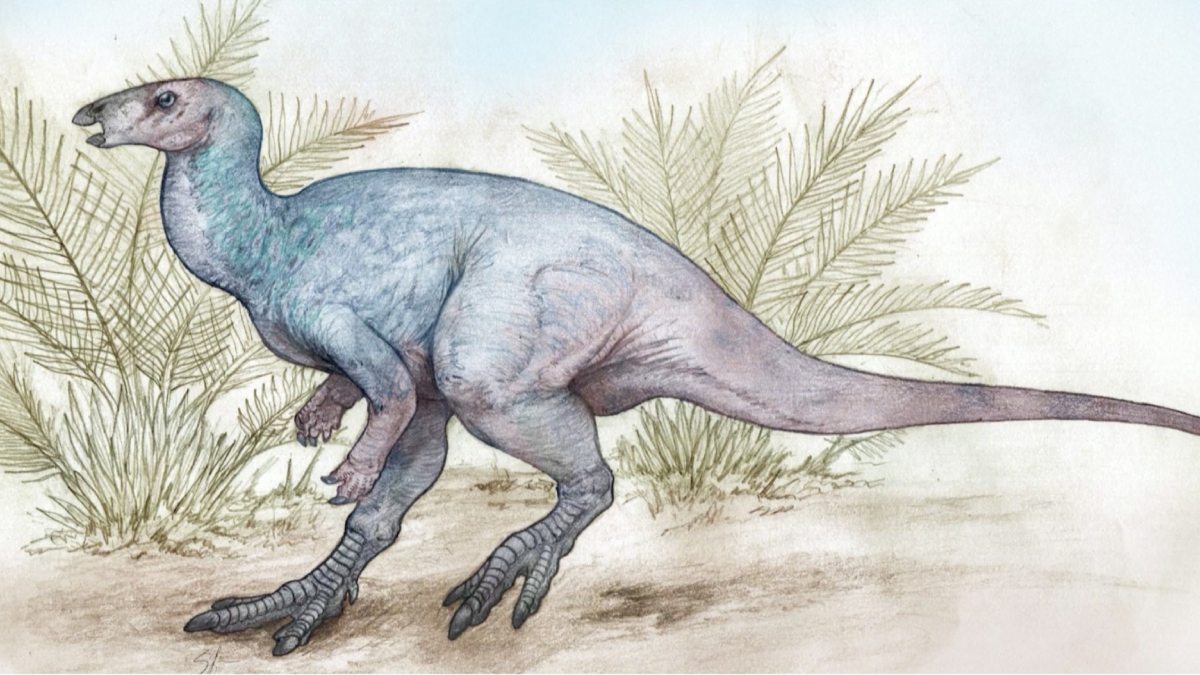Paleontologists from Argentina have revealed the discovery of a new medium-sized herbivorous dinosaur, shedding light on prehistoric life in Patagonia around 90 million years ago during the Late Cretaceous period.
Named Chakisaurus nekul, the dinosaur was unearthed in the Pueblo Blanco Natural Reserve in the southern province of Río Negro, an area renowned for its fossil richness, housing a diverse array of ancient creatures including mammals, turtles, fish, and other dinosaur species.
According to Rodrigo Álvarez, author of the study, Chakisaurus possessed unique characteristics, notably its downward-curving tail, unlike the horizontal tails of its dinosaur counterparts. “This new species, Chakisaurus nekul, was a bipedal herbivore that among its most important characteristics had a tail that, unlike other dinosaurs, which was horizontal, had a downward curvature,” Álvarez remarked.
Studies also suggest that Chakisaurus was a swift runner, essential for survival amidst numerous predators. “It is known that it was a good runner, which was something it needed because it lived with a large number of predators and its only defense was to be faster than them,” Álvarez added.
The dinosaur’s name derives from indigenous languages, with “Chaki” from the Aonikenk language meaning “old guanaco,” and “Nekul” from the Mapudungún language meaning “fast” or “agile,” reflecting its attributes.
Sebastián Rozadilla, co-author of the publication, highlighted Chakisaurus’s strong hind limbs and tail anatomy, facilitating maneuverability for balance during races.
Initially discovered in 2018 by a team of Argentine paleontologists with the support of the National Geographic Society, the findings were recently unveiled in the respected journal Cretaceous Research.

